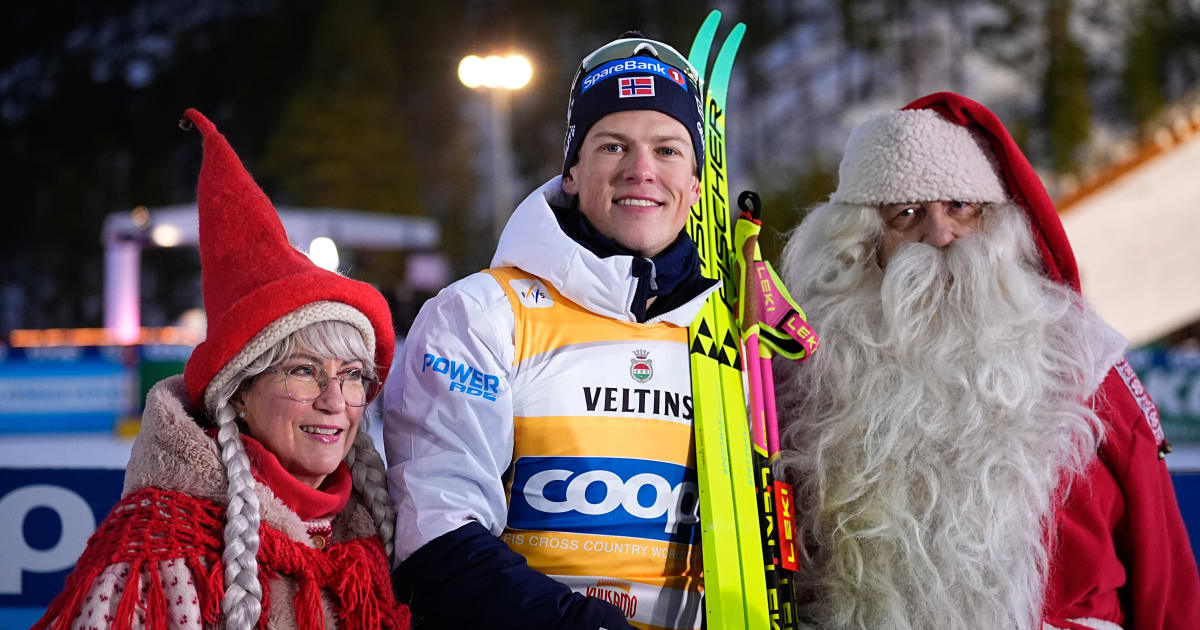Norway’s Johannes Høsflot Klæbo claimed an impressive solo World Cup victory in the men’s classic sprint in Ruka, Finland, at the start of the 2025-26 FIS Cross-country World Cup season on Saturday (29 November.)
The Olympic and World…

Norway’s Johannes Høsflot Klæbo claimed an impressive solo World Cup victory in the men’s classic sprint in Ruka, Finland, at the start of the 2025-26 FIS Cross-country World Cup season on Saturday (29 November.)
The Olympic and World…